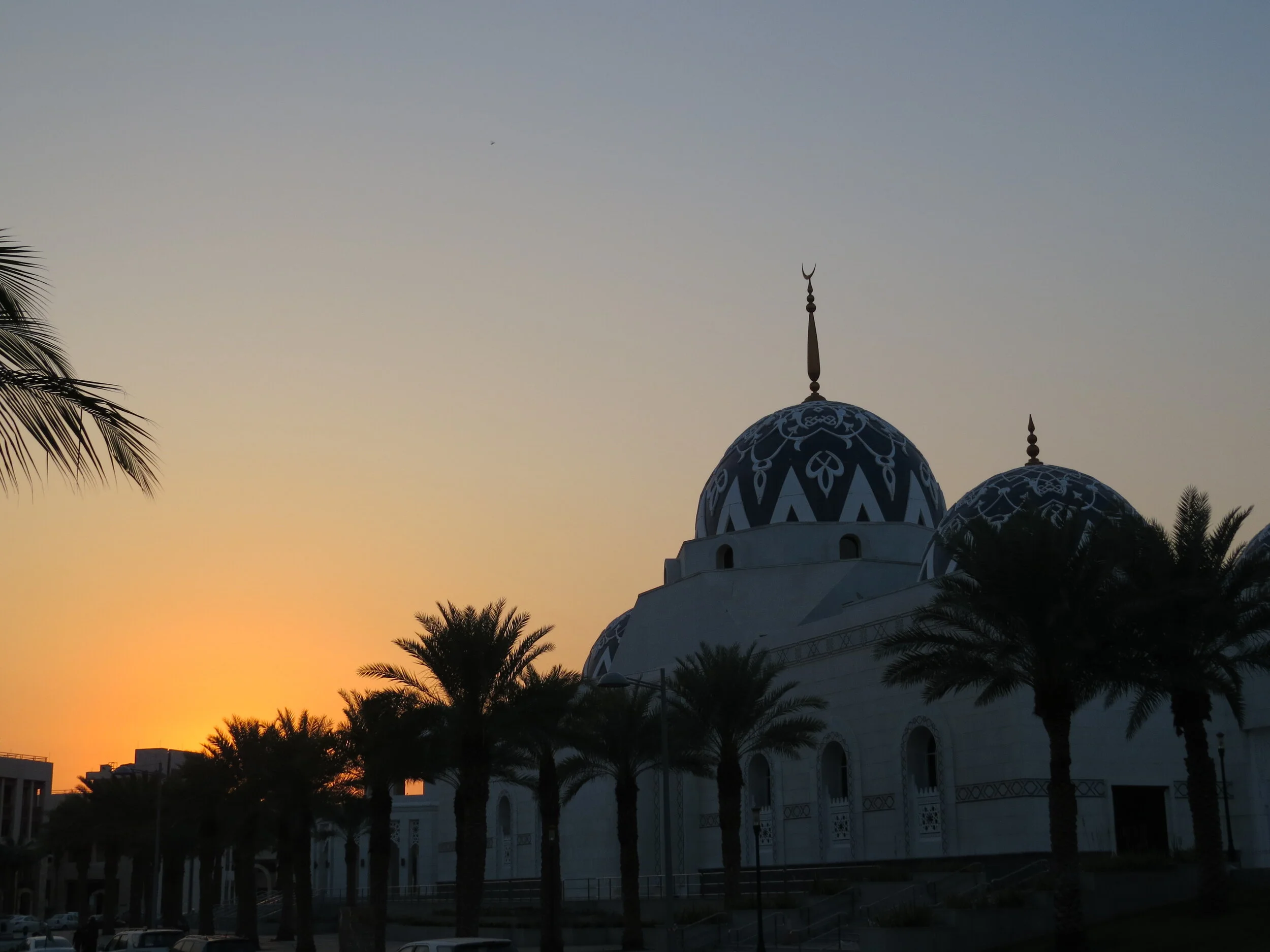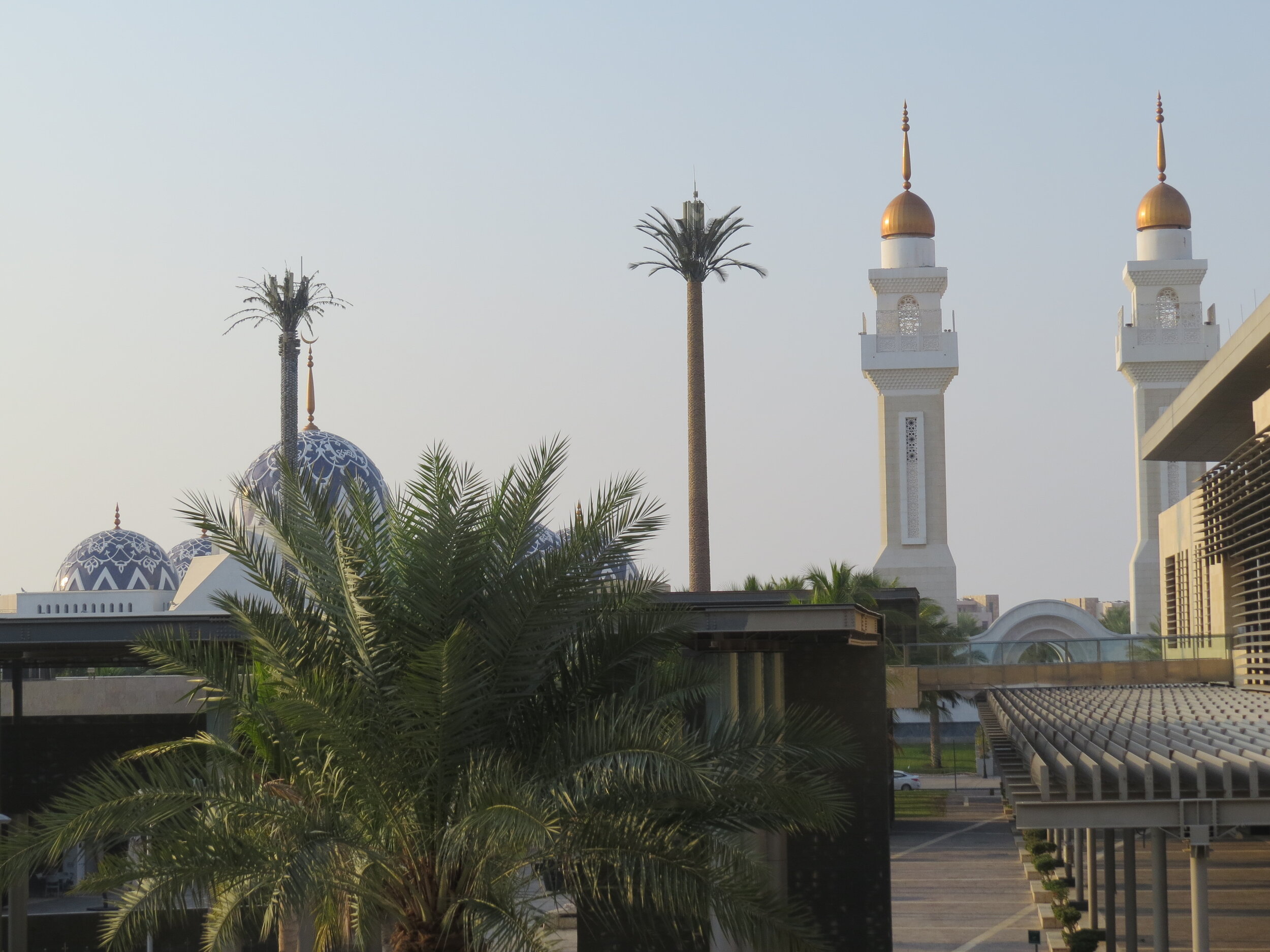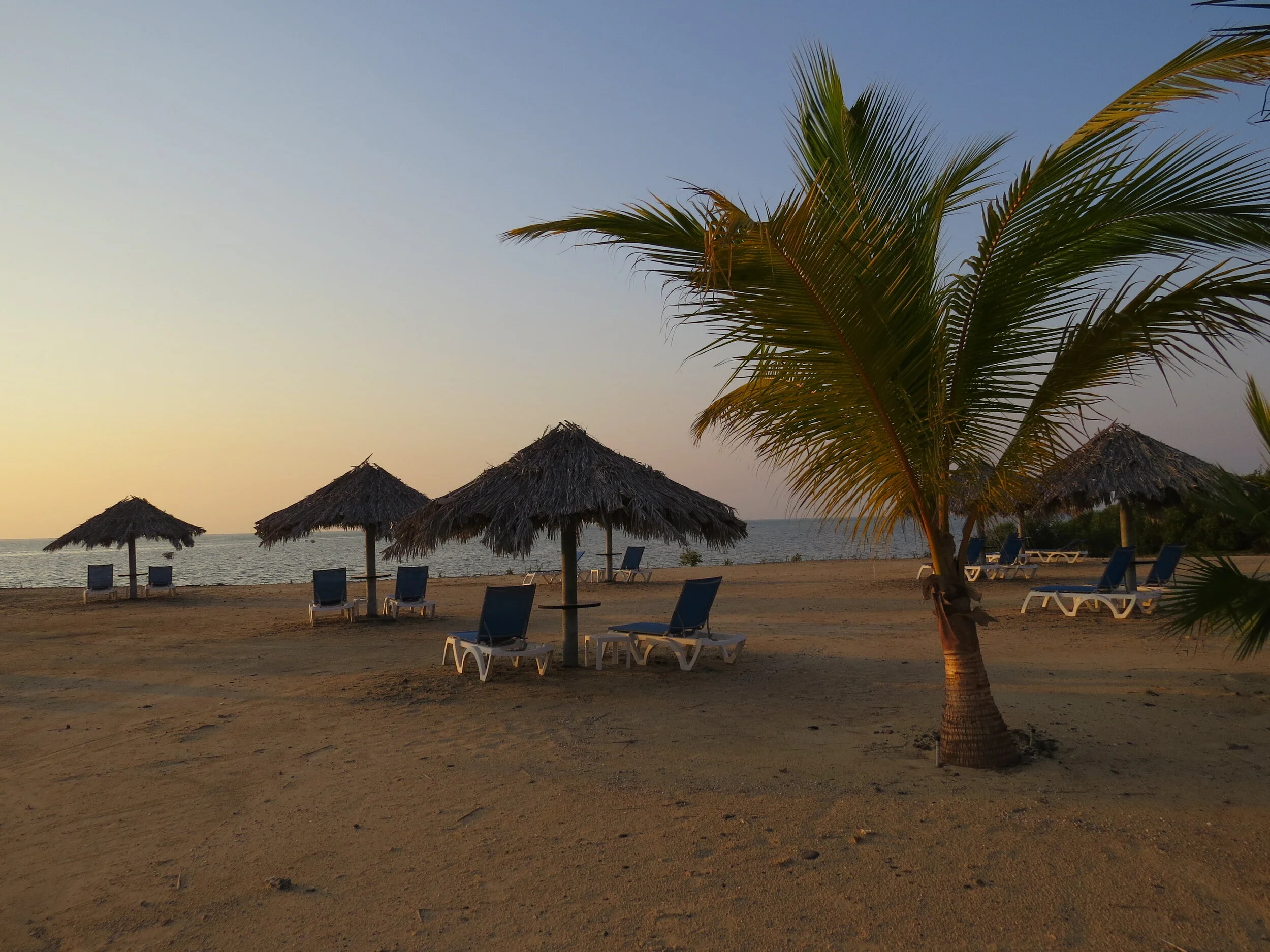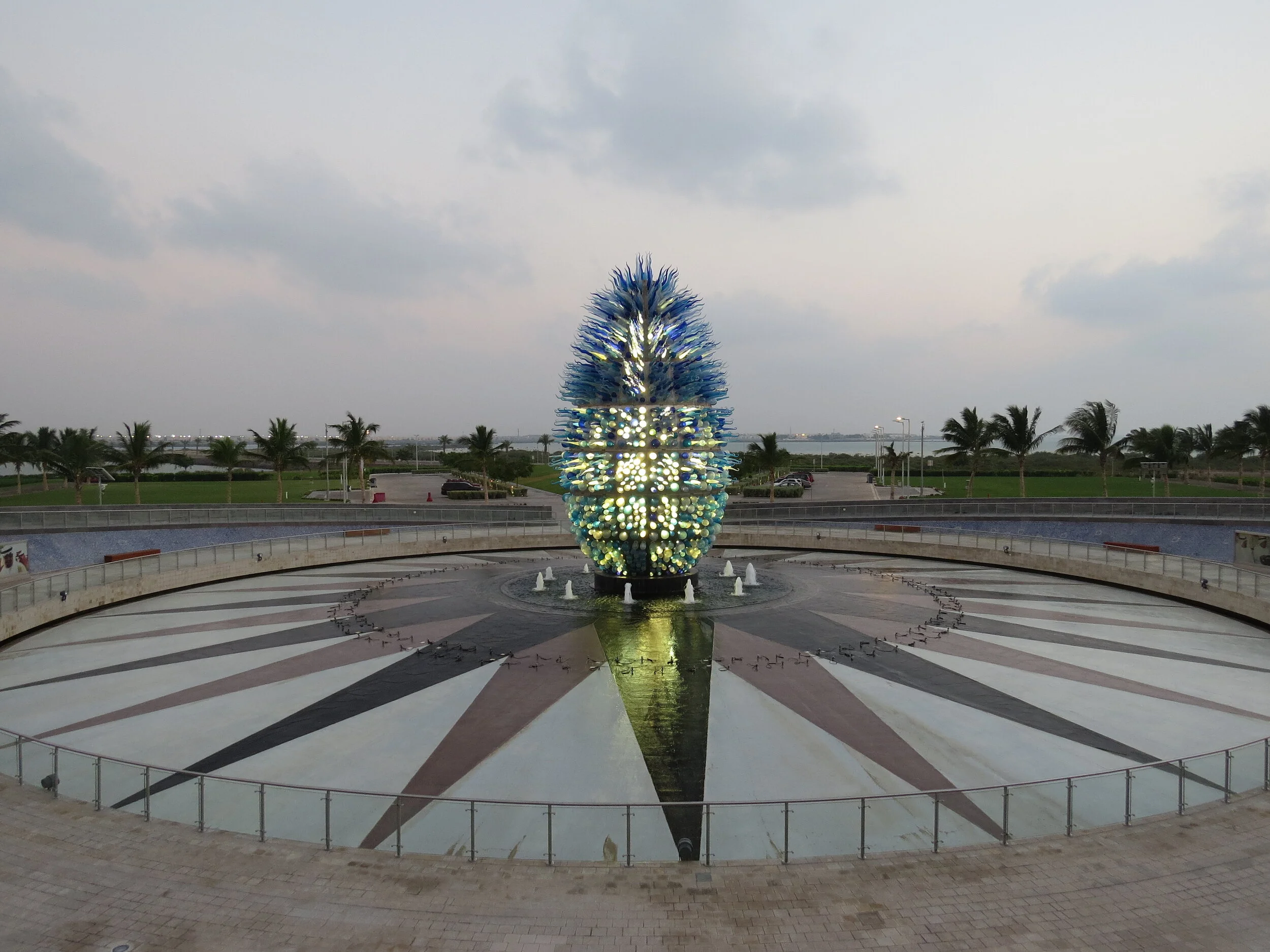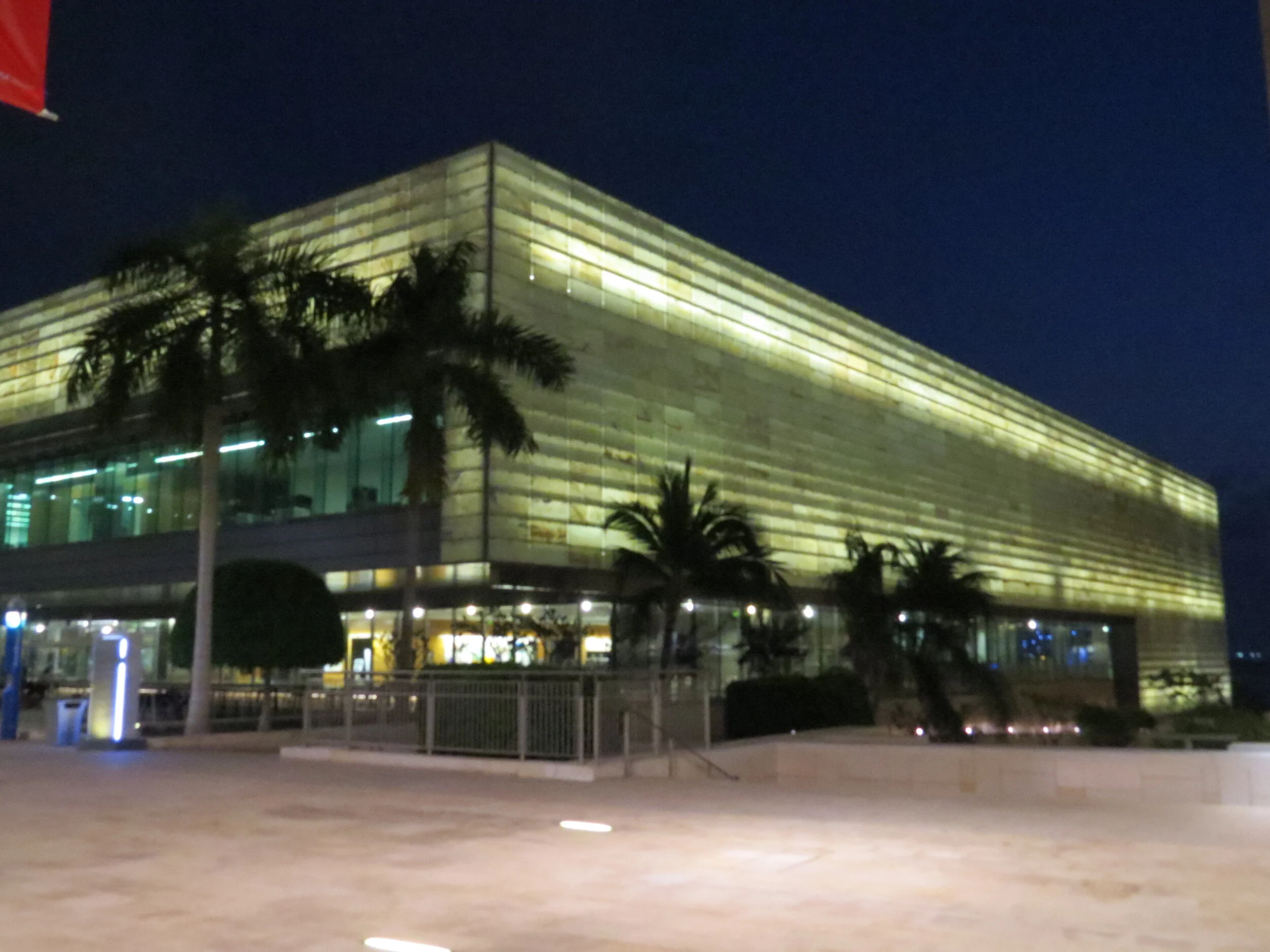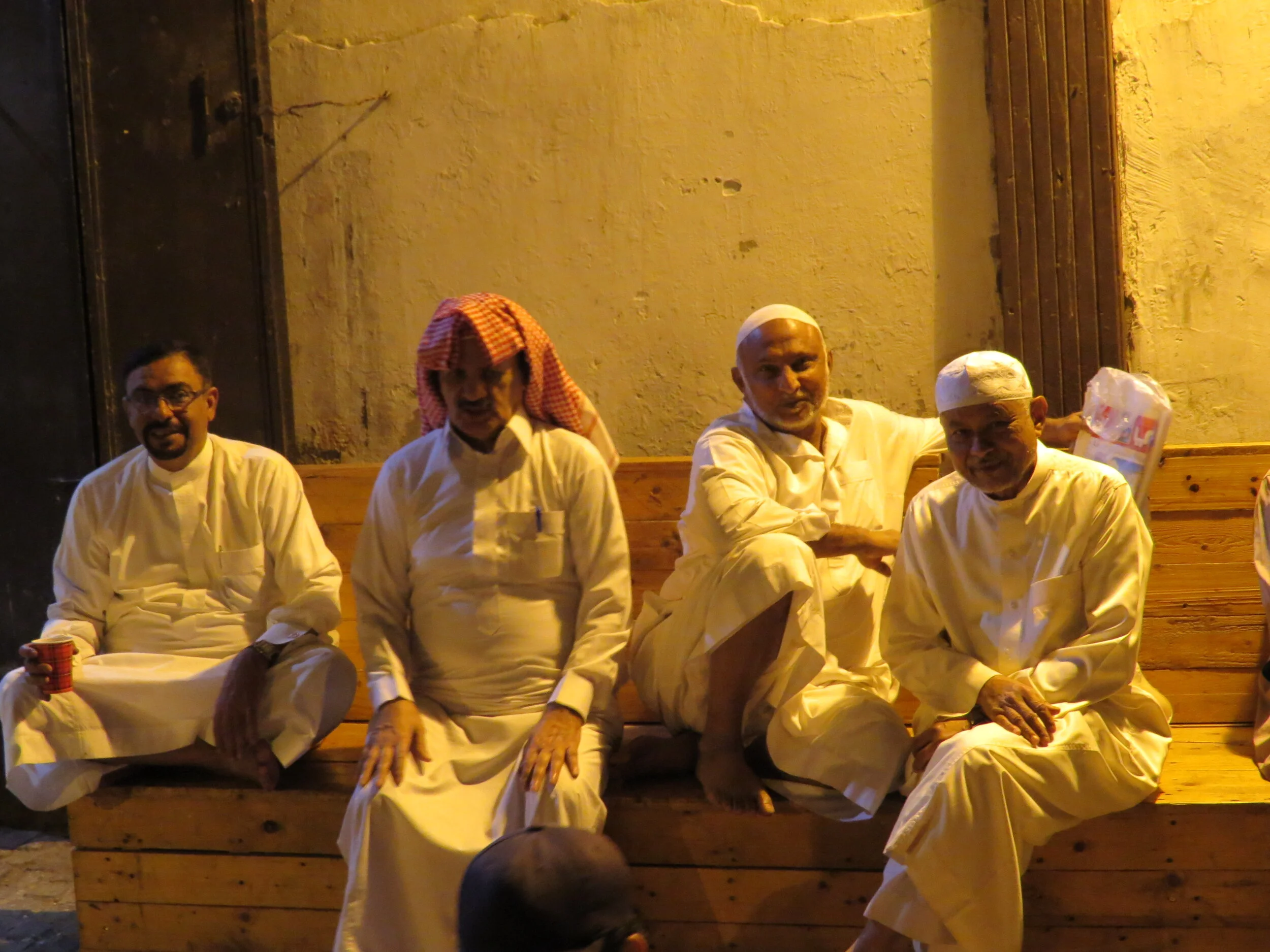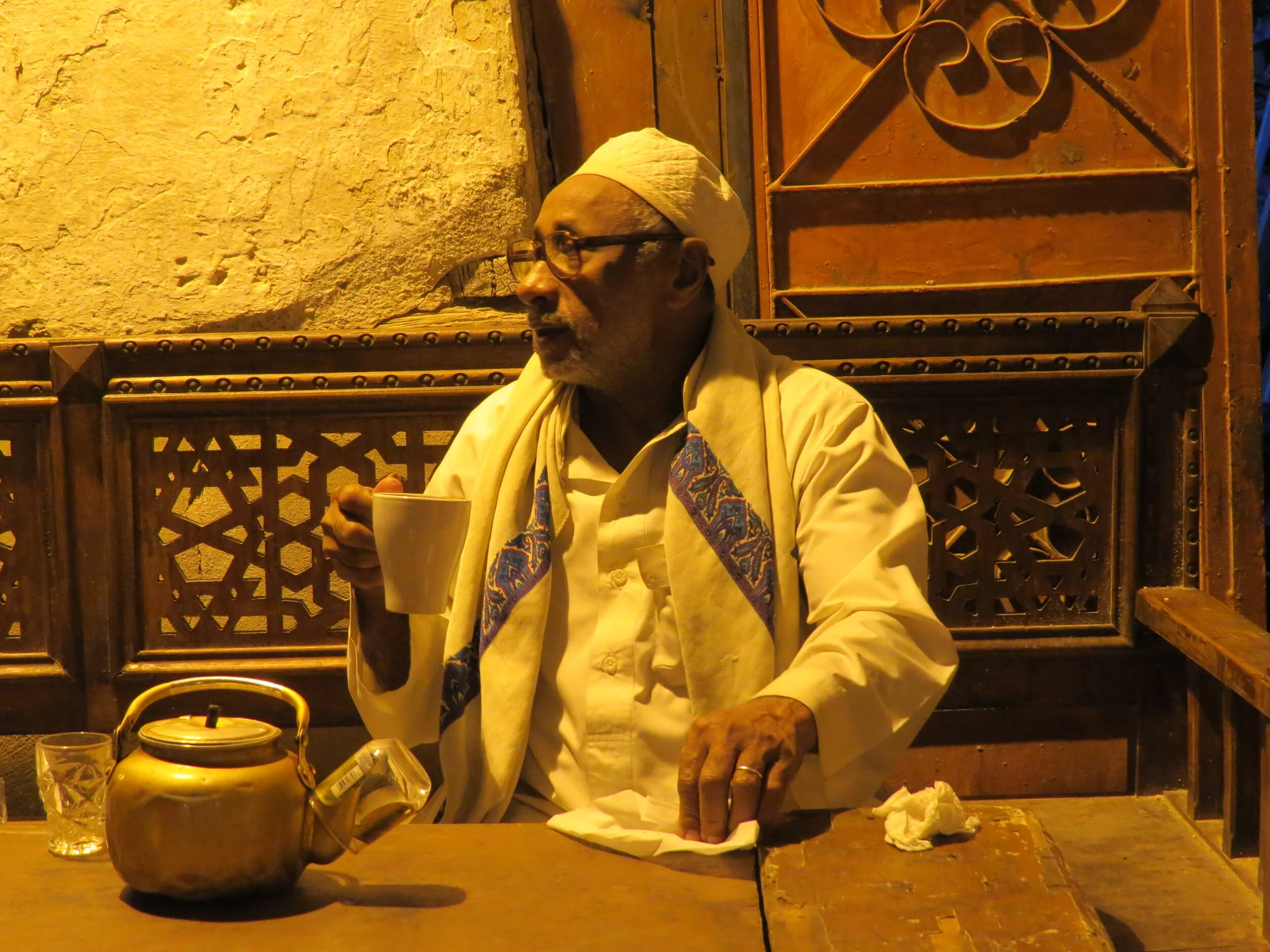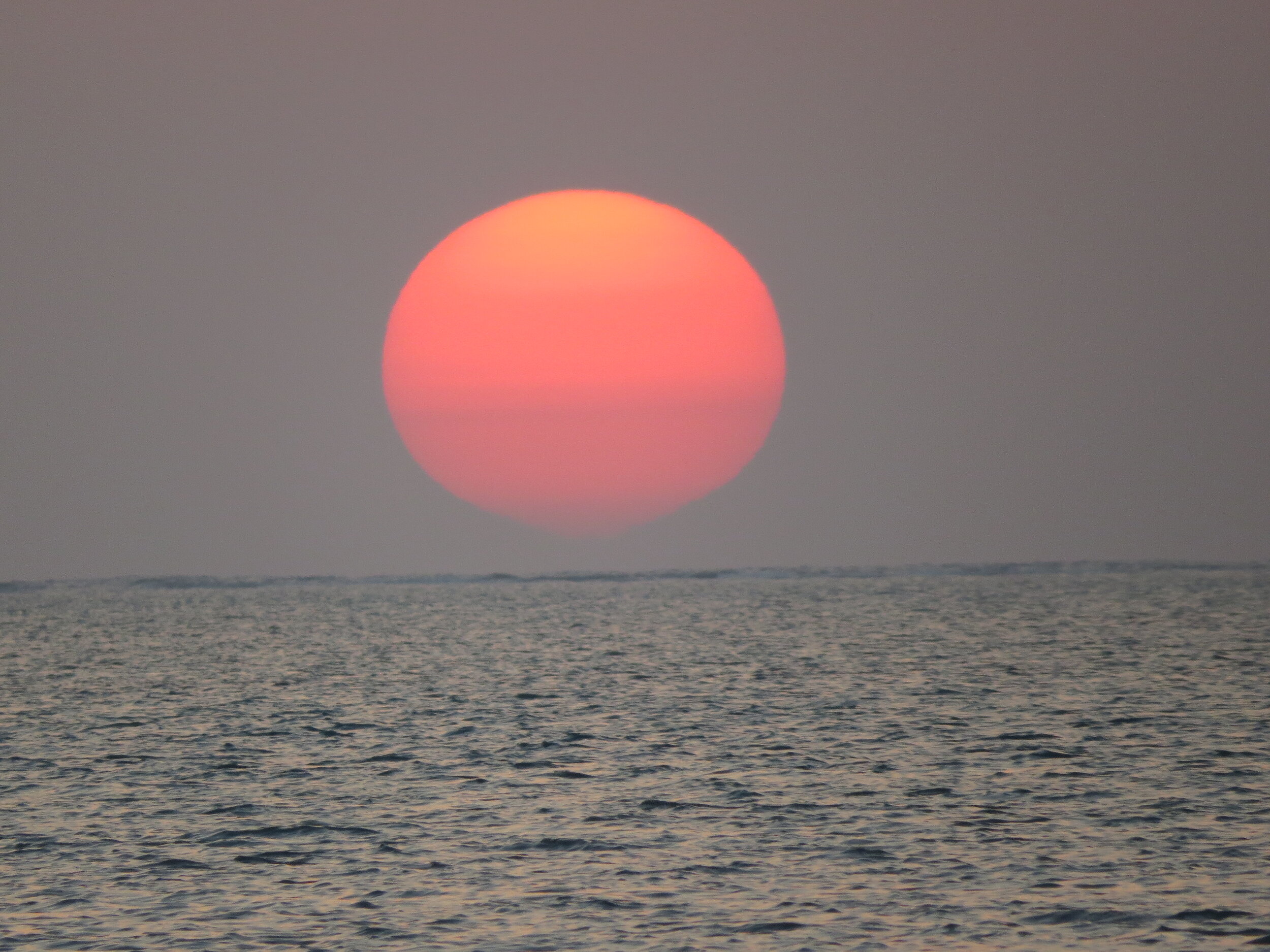As a children's book writer I am so fortunate to be invited to do presentations and workshops at international schools. I love to combine my work with travels to exciting places around the globe. Twice now I’ve been invited to conduct readings and workshops at King Abdullah's University of Science and Technology (KAUST) near Jeddah, Saudi Arabia. In addition to a visa, I also obtained a black abaya in case I needed to wear this in public.
The school in Saudi Arabia used my book Stepping Stones, written in English and Arabic, in social, language and art studies.
En route to Jeddah, I landed in Paris at 8:30 AM local time. My next flight wasn’t until 6 PM. I had checked my luggage so just had a small day pack. I decided to do some sightseeing in Paris and took the Metro right from the airport to Gare du Nord. In a half hour I was in the heart of Paris.
I often feel that airplanes are time machines. You step in in one place and time and when you step out you have been transported to a whole different time and place. Suddenly, from west coast North America I was in old Europe.
Spent the day walking all over Montmartre: coffee and croissants in a small cafe, walked some more, bought a postcard. Nothing but little cheese shops, bakeries, wine shops. Lovely. Climbed all the way to the top of Montmartre to visit the Sacre Coeur. A nuns’ choir sang, adding to the lovely ambiance of frescos and ceiling paintings, plain pews and candles. Very peaceful inside while outside a bunch of large men were have a shouting match and a fist fight...
The Arabian Airlines flight was lovely: had a whole row of leather seats to myself, lots of leg room and the seat was at least 10 cm wider than on other planes. Even the food was great. Just before landing I donned my abaya. I noticed other western women had done the same but some others had not. It didn’t seem to make any difference. Customs in Saudi Arabia was no problem. One look at my passport and he said “Welcome Margriet.”
The Kaust campus has the most beautiful mosque. The two tall ‘palm trees’ are really cell phone towers!
King Abdullah of Saudi Arabia was in his eighties when he decided to create the ultimate university where the brightest brains in the world would study, research and develop science and technology.
“The University shall be a beacon for peace, hope, and reconciliation and shall serve the people of the Kingdom and benefit all the peoples of the world,” said the Custodian of the Two Holy Mosques, King Abdullah Bin Abdulaziz Al Saud. And so a towering beacon is the focal point of the campus.
The ultra modern campus.
King Abdullah’s settlement, on land reclaimed from the sea, was built as a futuristic “village” with the university of Science and Technology as focal point. The University is the first co-ed grad school in Saudi and an example of research and planning for the future. But not all Arabs are in favour of a co-ed study and research center so the place is heavily guarded. You don’t really notice that when walking along palm tree lined boulevards, looking at sparkling waters and sipping ice coffee under an umbrella...
The entire area is like a gated community. There’s an entrance station with strict controls. Once inside, you can come and go as you please. There are housing subdivisions, a large supermarket, a market square with coffee shops, a bank, fast food places… Even a beach where Saudi women can swim in bikinis if they so choose. But outside the fence, women can’t drive and have to cover up.
My hotel room is a huge suite with very large living room, dining table and kitchen and a kingsize bedroom. Outside I have another table on a shaded patio and a large white mosque in my backyard. I found out later that palmtrees are not native here. Everywhere are rows and rows and lanes and lanes of palm trees, imported at a cost of $600.- each.
Thursday and Friday are weekend in the Arab world. The temps are absolutely perfect: around 24 degrees C. Families are out strolling, people eat at tables around the square, kids play. I loved seeing Arab men in long white robes pushing a stroller.
The ‘eye’ of the campus.
A preschool, elementary school, middle school and highschool are home to all KAUST children. The ‘compound’ is incredibly safe: children can walk to school, ride their bikes or take a (free) bus. The entire ‘village’ serves the university.
The teachers I meet over dinner reiterate how unusual it is for men and women to work and study together in this setting. It is because of the king who wants to end segregation. I was floored to find out that the king was 85 years old and yet such a futuristic man who wanted more research into oceans because of the Red Sea. There’s also a lot to do about recycling, posters everywhere to promote it and cans for recycling on every corner.
The elementary school where I am speaking is a beautiful, spacious building - not much different from new North American schools. But the population of 250 students is made up of children from all over the world. In one class I meet children from Egypt, France, Australia, Ireland, some Saudi’s, some American or Canadian kids, perhaps a Chinese one and someone from Jordan or Palestine. A wonderful world mix. Most of the kids speak with heavy accents and are learning English. A small perky first grader turns to her mom and rattles in French, then turns to me to translate rapidly in English. A Saudi boy in Grade Two who doesn’t speak English yet turns to his friend to find out what I said. These kids translate and switch easily between languages and cultures.
Light shines through the walls of the alabaster library at night.
After school I join a group on a sunset cruise on the Red Sea. We gently tug along the inner harbour on a luxurious yacht, looking back at ultra modern buildings of gleaming glass and steel - the university library constructed of translucent alabaster, the Innovation Cluster, Discovery Square and the Arabian looking housing quarters. On the sea we stay fairly close to the coast under the watchful eye of the Saudi coast guard. I see one dolphin jump, several fishes glide by, a heron, smaller birds. While the sun slowly set we feast on salads, baked fish, roasted chicken and more.
KAUST is a liberal island in a conservative sea. Headscarves and abayas are optional but many women wear them. I saw a group of young women in the coffee shop - it could have been any western Starbucks place - and I noticed their shy, modest manners. It made me realize that they probably prefer the cover of an abaya over exposure and western fashion. Sometimes it seems that it would be much easier to seek shelter in a plain black robe than have to worry about how you look to others.
The men wear either western clothing, on campus, or long white shirts. Some wear head scarves, others a prayer cap, other no head dress at all. Many Moslems here are from other countries and they all vary in dress.
On ‘my’ scooter in Saudi Arabia!
After school I ride my bike, or the scooter a teacher lend me, to the supermarket and spent half an hour wandering around. It’s a large, modern store with many North American items but also a bakery with traditional honey pastries like baklava. And an area with fresh nuts, raisins, dates and spices. They sell adapters for electrical outlets, abayas and toothpaste. And everything in between.
I bought a tray of pastries, with honey, almonds and chocolate dipped dates. And a large bag of fresh cinnamon sticks to take home.
I rented sit-on-top kayaks, with a teacher, and paddled on a windy, wavy Red Sea. The water is luke warm and looks very clean and blue. Afterwards we swam and snorkeled above some low corral reefs and found shells on the beach. What a treat to sit in the warm sun in January.
I wake up every morning at 5:45 AM when the call to prayer sounds over the minarets just outside my room. The muezzin chants in a melodious, soothing voice. I’m at school by 7:45 and conducting writing workshops with all grades, all classes all day.
Click here to listen to my daily wake up call: https://www.youtube.com/watch?v=uzbyCvqDm2k
After school one day I had tea at the home of a Palestinian family, with beautiful pastries: round circle cookies filled with dates, sesame snaps, fresh nuts and small cakes. Tea with sage and lots of brown sugar. When I arrived at the house, I heard loud clattering in the kitchen. I thought my hostess might have a maid. But she smiled and said “My husband is busy in the kitchen, he will join us later. He is doing the dishes and making tea.”
When I laughed, she said “You probably did not expect Arab men to be like that? But for a Muslim man, family comes first.”
I’m learning much about different Middle Eastern countries, cultures and religion. You can tell by the shape of the abaya or by the head scarves if someone is from Lebanon or Egypt, from Saudi or from Palestine. But those who say ‘we are Palestinian’ may never have been there. They may be Palestinians born and raised in Lebanon or so. They speak arabic but with the same dialects as someone from Scotland sounds different from an Aussie or a New Yorker. People here explain to me similarities in the Qu’ran and the Bible and how the origins of many beliefs and customs are the same.
That evening we had to wear our abayas since we went off compound to a famous fish restaurant in a small village. Just dirt roads and low buildings on either side. The restaurant was a large outdoor area with low walls and raised concrete squares. In each square Persian rugs and pillows lined the floor. Men sat in these squares, on the floor, to eat and smoke pipes. Before being shown to a private room (so women can take their scarves off) we selected the fish we would eat. They were the strangest fishes I have ever seen.
The room was carpeted in reds and golds, matching the wallpaper and table coverings. We sat on small pillows on the floor by a low table. First we were served arabian coffee with cardamon and dates. Then they brought in enormous plates of fried fish, three kinds of rice, hummus, babakhoush, fried pita bread and prawns. It was truly delicious.
The strangest fish I ever did see…
For dessert came a huge ‘pancake’ each, thick and filled with cream. It was made from vermicelli and almond paste and drenched in honey. Delicious!
As a woman alone, I would not have been able to visit Jeddah. But thanks to some of the teachers, I was able to make a long anticipated trip into the old city of Jeddah. A male teacher had to accompany us and we had to, of course, wear abayas and head scarves. I was thrilled to be able to walk around old Jeddah. Not many westerners get to see this historic city, which was declared a Unesco World Heritage site. Traditional homes are at a point of collapse and I hope that restoration will not come too late to save the leaning, traditional buildings with sagging, wooden balconies.
We roamed narrow alleys in the dark, a souq with stalls selling roasted peanuts, pumice, prayer beads, dried sap, Qu’ran stools and much more. The people were friendly, smiling and greeting us.
“Don’t make eye contact or talk to the men,” I had been warned. But within minutes I had a lovely conversation with a group of old men who were sipping tea on the sidewalk and playing a traditional board game. They were pleased that I was interested and loved sharing their culture.
When the call to prayer danced through the night sky, men flocked to communal wash basins to wash hands and feet, then streamed down the alleys to the mosque.
Later, we passed a mosque with a minaret that was said to be over 800 years old. “Please,” a man in long robes gestured, smiling and proud of this ancient mosque, “come inside, come look around.”
We sipped avocado smoothies, watched old men sip tea on wooden benches, and young men playing dominoes in a circle on the ground. They all laughed and waved as we, westerners, walked by.
Driving Jeddah’s choked main roads - it is a city of 2 million - I was taken aback to spot a Tim Horton’s and signs to IKEA, jarring me back from a charming Arabian night, to generic western influence.
On my last day here, a sedan picked me up to drive me the hour to the airport. This time I could see something because it was day time. But all I saw was desert: dirt and sage brush. We were on a 6 lane highway speeding through the desert. I spotted an enormous white dome in the distance. I figured it was a huge mosque but when I asked the driver he said no, it’s the prince’s palace. He said it is shaped like a ship and is on a small island just of the coast.
New airport friends.
Once in a while we drove past a village, all buildings are the flat roofs that are typical for the area. Here and there were white tents in the desert, reminding me of the Gobi. I noticed a flock of goats on the outskirts of one village and suddenly spotted a huge herd of camels milling around, too.
Jeddah’s airport is not very big and quite chaotic. Men in long crisp white thobes and white or red/white checkered head scarves, followed by several wives and a small herd of children. In the ladies restroom, women would take off their scarves, do their makeup and then wrap up again. Every single person smiled at me and nodded or tried to make conversation. One tall man in impeccable white asked how long I had visited and what I had seen. He said “you must come back and visit Jeddah. You come and visit any time!” Everyone is very friendly and hospitable.
Jeddah is only about 60 miles from Mecca. This explained the chaos at the airport. At any given time, muslims from all over the world flock to Mecca. When I arrived at the airport for my return flights home, hundreds of women were sitting outside on the sidewalks, next to bundles and bags. I wouldn’t want to be here during Hajj pilgrimage when millions of Muslims from all over the world ascend on Mecca and the Jeddah airport. I had to push my way through a packed crowd of families, carts, piles and piles of luggage, to get to the counters. Huge endless line-ups flowed from check-in counters right to the exit doors. “Really?” I asked a uniformed security guy in astonishment. “No ma’m,” he smiled and led me straight to a first class check-in counter where a polite man handed me my boarding pass, even though I wasn’t flying first class.
Then I made it to a packed departure hall where people of all colours, in all possible kinds of traditional clothing and languages, sat on chairs and floors, eating, drinking, praying and sleeping. I soaked in the exotic colours of so many cultures.
40 hours later, 4 flights, many time zones, and a lot of degrees difference I was home - grateful to be able to do author visits to international schools, what a privilege.
‘Shukran, Arabia - thank you’.
Sunset on the Red Sea.
Click HERE for some great books about Saudi Arabia, scroll down to S.
